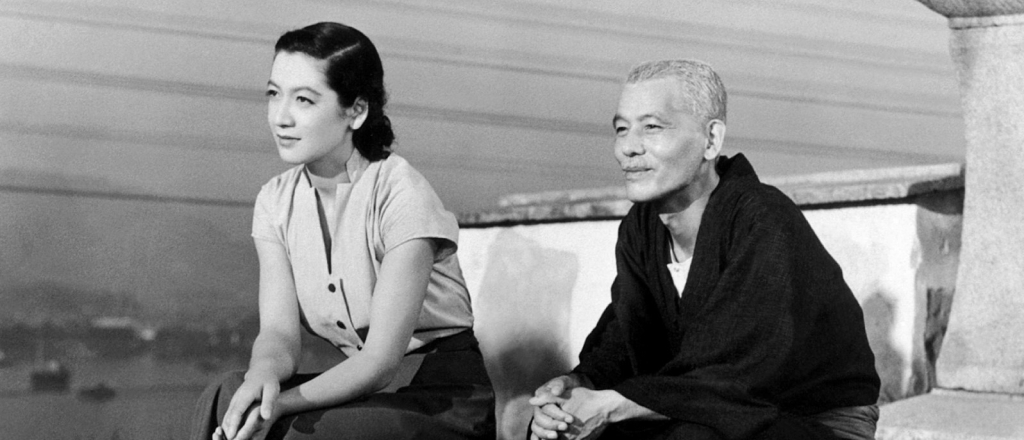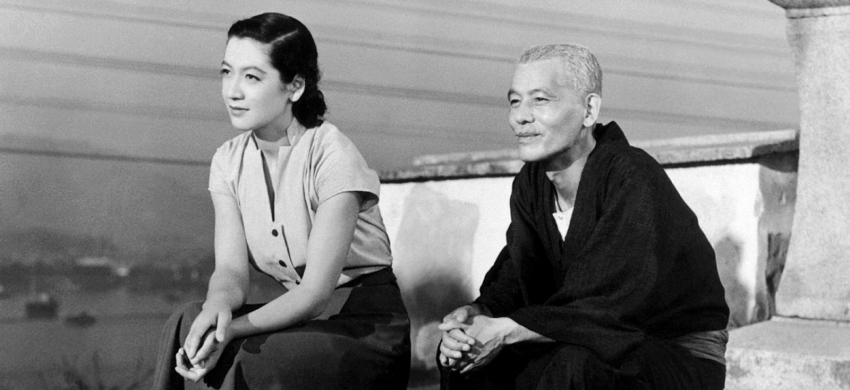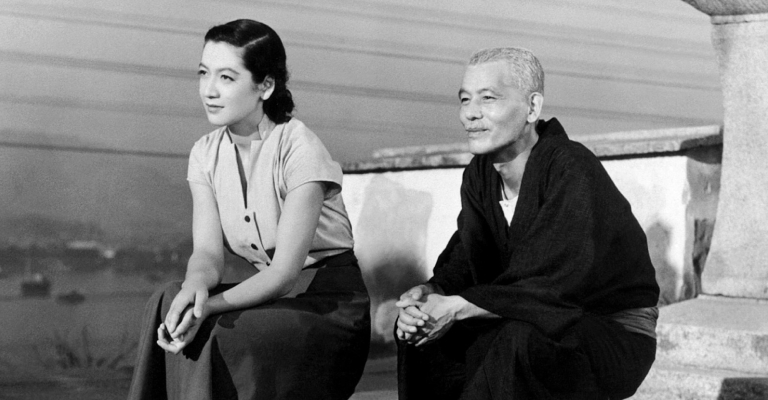LITERATURE AND HUMANITIES 1 & 2: YEAR 1
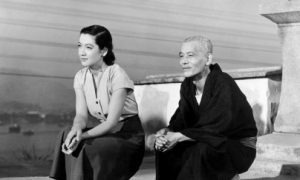
Literature and the arts inspire wonder and offer provocation. In Literature and Humanities, students will explore mythmaking and storytelling from a variety of traditions to understand how poets, historians, and visual artists represented their own worlds and times. What is distinct and visionary about these creative achievements, and why have they endured? How do the arts express universal human emotions such as anger, love, hatred, and the desire for gain or for revenge? How does one analyse and appreciate the art and craft of storytelling? What are its techniques and conventions? How do cultural works embody values in dialogue, or even in conflict? Through close readings and discussion, students join a reading community that has explored these works throughout history, from Homer’s archaic Greek listeners to the international audience of the contemporary Ramayana traditions. Students will cultivate the aesthetic, rhetorical, and cultural literacy to become cosmopolitan readers of the human experience.
Course Information
In Literature and Humanities 1, we read works from the beginnings of mythmaking into the early modern period, in three units of generically cognate texts: Oral Epic Traditions: the narratives of Odysseus, Rama, and Sundiata Keita in the epic traditions of Homer’s Odyssey, Valmiki’s Ramayana, and the Epic of Sundiata; Historical Discourses: the historical (annalistic and biographical) writings of Sima Qian and the Sejarah Melayu; Rise of Vernaculars: collections of interwoven tales with a secular, non-aristocratic focus, in the form of 1001 Nights, Boccaccio’s Decameron, and the Lais of Marie de France. These writings introduce fundamental human questions and establish their artistic forms:
- Encounters with other humans involve emotional complexities and an obligation to address the needs of both the individual and the collective.
- Encounters with divinities, beasts, and monsters provide the metaphors to explore the boundaries of the human: what kind of creature are we? How do we understand and best engage with ‘the other’?
- Journeys into the unknown raise uncertainties about home and identity: where do we belong, and can we lose ourselves on our travels? Who (or what) else is out there?
- Grand historical narratives commemorate, but also reveal the fragility and subjectivity of memory. What has been salvaged or forgotten? What is the speaker’s agenda, and who is the target audience?
The temporal distance and cultural and linguistic differences between works prepare students to read and observe closely, think comparatively, and engage with complexity.
Sample Reading List
- Homer, Odyssey
- Valmiki, Ramayana
- Sundiata
- Sima Qian
- Sejarah Melayu: the Malay Annals
- 1001 Nights
- al-Khansã, Loss Sings (tr. James E. Montgomery)
- Boccaccio, Decameron
- Marie de France, Lais
Course Information
Literature and Humanities 2 charts the formation of modernity by exploring texts, images, and film from around the world. Linking to Literature and Humanities 1 taught in the previous semester, we trace a transition from the European Renaissance into the beginnings of colonialism in texts such as Shakespeare’s Tempest. Dramatic historical changes produce new artistic and social movements, revealing urgent new voices and representations of reality in works such as Frankenstein and Mrs. Dalloway. Postcolonial subjects reflect on the aftershocks of their political and personal experiences in works such as Season of Migration to the North; we explore global shifts in urbanisation, familial structures and eros in Asian films such as “Tokyo Story” and “Happy Together”. We explore how intimate new media like graphic novels can confront narratives of nationhood and even the deep time of the Anthropocene in works such as The Art of Charlie Chan Hock Chye, and Here. Over the semester, students continue to refine their skills in criticism and analysis through discussions and writing assignments, while they ponder their own position within and against the grain of history.
Sample Reading List
- Shakespeare, The Tempest
- Balzac, Père Goriot
- Lu Xun, Diary of a Madman and Other Stories
- Virginia Woolf, Mrs. Dalloway
- Eileen Chang, Love in a Fallen City
- Tayeb Salih, Season of Migration to the North
- Ozu, Tokyo Story
- Wong Kar-Wai, Happy Together
- Sonny Liew, The Art of Charlie Chan Hock Chye
- Richard McGuire, Here
Featured Teaching Faculty
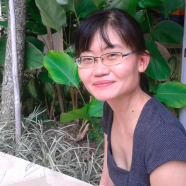


Scott Cook
Humanities (Chinese Studies and History)
Professor
Tan Chin Tuan Professor of Chinese Studies
Head of Studies, History



Nozomi Naoi
Humanities (Art History)
Associate Professor
J Y Pillay Fellow
Head of Studies, Arts & Humanities

Contributing Faculty
- Clay Eaton
- Suresh Muthukumaran

